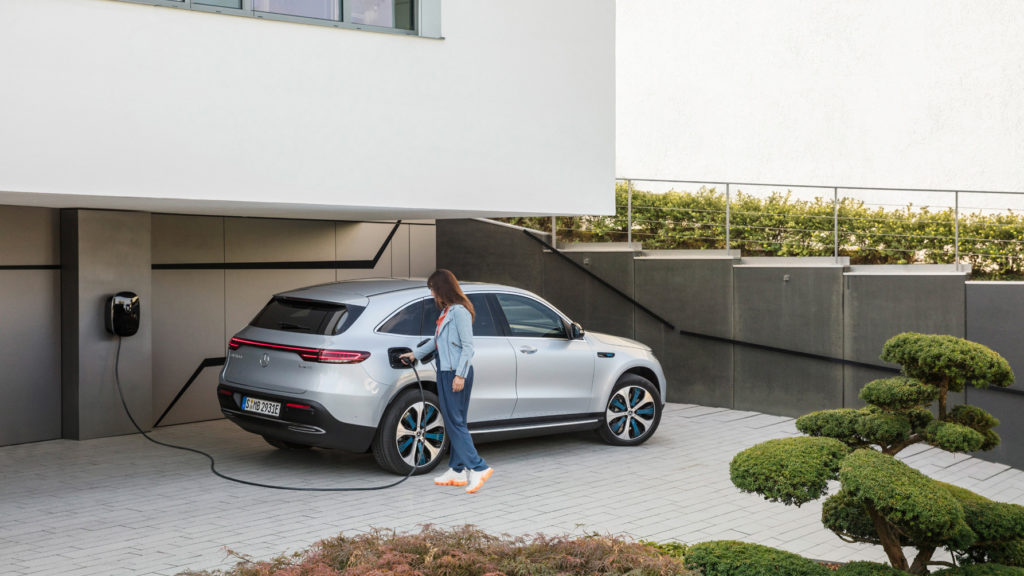EV costs actually rose only marginally in the past three months, despite claims to the contrary, according to research from Mina, the biggest source of real-life home and public charging data in the U.K.
Mina’s EV Report Autumn 22 showed that those motorists who could charge at home saw real life costs rise by only 4p per kWh since the end of last summer to an average of 30p per kWh. Mina’s data across more than 60,000 charging events showed the average price of home electricity for EVs stayed level during September at 26p, then rose to 30p in October, and 31p in November.
“The claims that the cost of running an EV is now matching, or costs more, than petrol and diesel, is just not accurate when you look at how people really charge,” said Mina CEO Ashley Tate. “Our data shows that home is by far the main source of electricity for most drivers, with 92% of all charging undertaken there.”
The CEO further said that home charging provides incredibly good value and that there is scope for more savings because the 30p per kWh average suggests not enough drivers are accessing the much lower EV-specific or off-peak tariffs available.
Even at the current 30p per kWh average, a 70-kWh capacity EV being charged fully at home in September would have cost, on average, £18.20, the company said. By late November it would have been £21.70. Assuming a 250-mile range, that’s an average increase of only 1.4p per mile.
When the increasing efficiency of new electric cars is factored in, Mina has found that the average real-life pence per mile cost across all journeys only went up 2p per mile during those three months.
However, the average price for those that need to charge in public rose by 14p to 70p per kWh over the period under review.
One issue that still hits drivers though is the Advisory Electricity Rate for business mileage reimbursement. Mina’s analysis found that despite the rise to 8p per mile on December 1st, 80% of all journeys charged at home (and 100% of public charging) still cost more, meaning business drivers would be out of pocket using today’s rate, the company said.
“Yes, there is a need for public charging, and costs have risen in that sector, but when you look at real-life examples rather than making theoretical assumptions, the vast majority of EV drivers aren’t doing full charges in public, which mitigates against the price rises,” Tate said.
